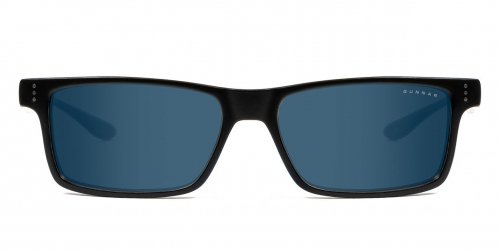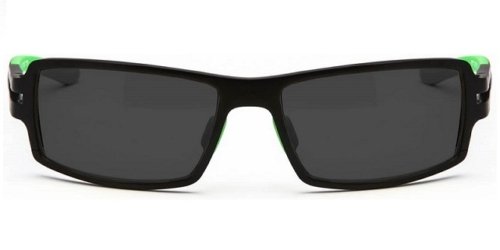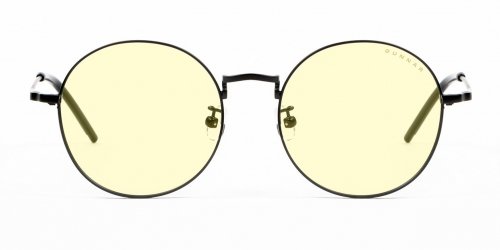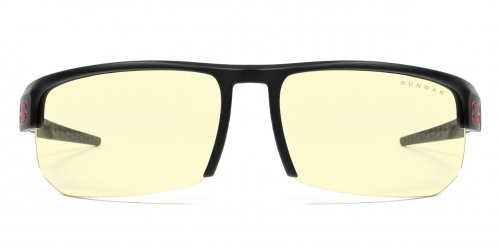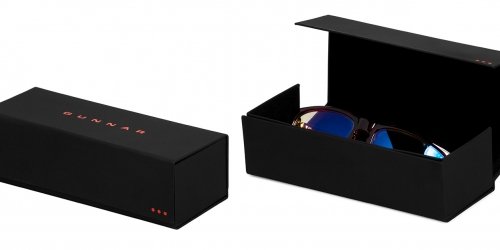Typically, you get what you pay for with optics. Ever put on a cheap pair of glasses and find that they don’t “feel quite right”? After wearing them for a while, do they give you a headache? Worse yet, do they mess with your eyes? And when you take them off, does your vision take a bit of time to readjust to normal viewing? To understand the reasons these glasses are messing with your vision, it helps to understand a bit of the history of eyewear lens making.
At the outset of early optics, lenses were made from polished stones, glass orbs or even water filled spheres. Once glass started to be used and the first eyewear was constructed (around the 13th century), lenses were still made in the easiest way possible. Concave or convex surfaces were ground into shape from glass or quartz crystals. Typically these lenses were put into a frame which kept the lens roughly centered in a vertical position in front of the eye. Easy optics to calculate, easy construction, and good for the important task of helping you get things into focus.
In fact, most modern prescription eyewear still follows those same principles. They incorporate relatively flat lenses with spherical curves that sit vertically in front of the eye. Once again, they are easy to design, easy to make, and easy to fit. The problem comes, when for form or function reasons, we try to push the lenses into ‘alternate’ shapes.
In the 1980’s – wraparound (shield type) eyewear was born. Added coverage and protection provided by wrapping the lens around the face brought an immediate benefit to the sports world. Athletes found that the features of the highly wrapped eyewear boosted performance and gave them a competitive edge. The fashion world also followed suit and soon ‘shield style’ eyewear was adopted throughout the sunglass industry.
Lenses were now being constructed in cylindrical and ellipsoid shapes to create these full-coverage effects. Soon, even dual lens eyewear started becoming wrapped more closely to the face. By the mid 1990’s, dual lens wrapped eyewear became ubiquitous in sunglasses, not only for sports applications, but for general use sunglasses as well. And that’s where the problems began…
As mentioned previously, lenses that are relatively flat and positioned directly into the field of view are easy to design. But once a lens becomes more curved and angled in relation to the eye, things starts to get tricky. Why? Refraction. You know, that thing you learned about in the 8thgrade. Lenses work because of refraction. Refraction occurs when light transitions between two different mediums (ie. Air to water, air to lens, etc) with different indices of refraction at an angle of incidence other than zero. Basically, one material is slower at transmitting waves than the other. For a great analogy, think of a regiment of soldiers that’s going from pavement into a muddy field (where they move slower). If they approach it straight on, then they will keep their lines relatively straight. The lines will compress a bit but they will still stay organized and on track. If the regiment marches off the pavement on an angle then the lines will get a bit “wonky” while they are in transition. And the whole column will have rotated or pivoted by the time they all make it into the mud. Make sense?

Likewise, If you have a lens that’s directly in front of the eye, then you’re dealing with light rays that are more or less at an angle of zero. In this case, our marching regiment is going straight. As you put that lens on an angle to wrap it around the face or if you tilt that lens downward to better fit the human anatomy (yes, your eyebrows do stick out further than your cheekbones), you have now created a situation where you arebending light rays. So our marching regiment is now on an angle and is going to get “wonky”. And that’s why your cheap sunglasses start giving you headaches.
With poorly designed optics, light rays that are “wonky” are no longer reaching your eyes in a manner that is cohesive or representative of reality. Wrapped lenses that haven’t been designed properly actually have “prism” to them. As the light is bent out of its normal trajectory, objects that you view appear out of place. You get that feeling that “something isn’t quite right” with the glasses. If the glasses are (circle one of the following) cute enough/cool enough then you might keep wearing them. But you will feel eyestrain, and you may even get headaches.
But how can you tell if your eyewear has poor optics? You can perform an easy check on a non-powered lens to see if a lens has prism. Just look at an object with and without the lens in place. If the object moves or jumps around when you take the glasses off, then the lens most likely has prism. In most cases, that’s a bad thing. But before telling you that all prims is bad, you should note that, prism can be designed into a lens for benefit. For example, if a person has trouble getting their eyes to work together or converge on a single point because of eye muscle issues, then a doctor can prescribe glasses with prism to help the patient’s vision converge. That’s good prism. But that’s rare. Most prism is bad.
The bad type of prism is the type that you find in cheap glasses. In this case, the prism may be consistent, but still problematic in that it makes objects appear in the wrong spot. Typically non-compensated, wrapped eyewear has what’s called “Base Out Prism”. Base out prism means that your eyes have to work harder to converge on a spot since the lens is making the light rays seem further apart from each other. However, our research shows that there is a common problem that’s worse than consistent ‘Base Out Prism’.
In many low end glasses the prism may be arbitrary, with one eye pointing in one direction and the other eye pointing in another random direction. Your brain is pretty good at forcing your eyes to give you a clear picture, but over time, the result is going to be the same… eyestrain, eye fatigue, and possibly even worse issues. Sadly, the eyewear that you wear to help your eyes may be actually making things worse.
But for every problem, there has to be a solution. In this case, the solution to prism induced by wrap and rake (the forward tilt of the lens) takes some tricky optical calculation. To offset the ‘Base Out’ prism, we actually design a lens with an offsetting ‘Base In’ prism. That marching military regiment that pivoted when they marched into the muddy field is now going to transition off the muddy field and back onto the pavement. To do that, we need a corresponding pivot that gets everyone back into their proper lines. It’s a bit more complex because we have to deal with the edge of the pavement that isn’t a straight edge. And in fact, it happens to be a three dimensional problem that needs to be compensated for.
The process of compensation, in optical terms, is called decentration. With a decentered lens, the optical center of the lens is no longer aligned with the mechanical center. In lens design terms, what used to be two concentric spheres is now a system of offset spheres. What that means, is that the lens will appear thicker toward one edge. This change in thickness will create the proper light bending we need to keep the light rays in line. Any prism that was induced by wrapping the lens can be offset or compensated for, even though the amount of prism changes as you move across the entire surface of the lens. Very cool, a bit tricky, but extremely effective at providing crystal clear optics that reduce eye strain instead of creating it.
GUNNAR provides the only decentered lens for over-the-counter computer and gaming use. The benefits have been documented in multiple studies where the highly wrapped sports-like design protects the eye during intensive visual tasks in front of computer screens while the decentered optics reduce eye strain and fatigue. The result is a superior optical experience that only GUNNAR can provide.
GUNNAR’s patents cover the unique application of decentered optics for computer and gaming use. These patents have been the source of multiple cases of litigation where GUNNAR has prevailed every time.
Please visit www.gunnars.com.ph for additional information.

